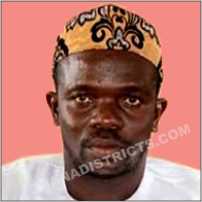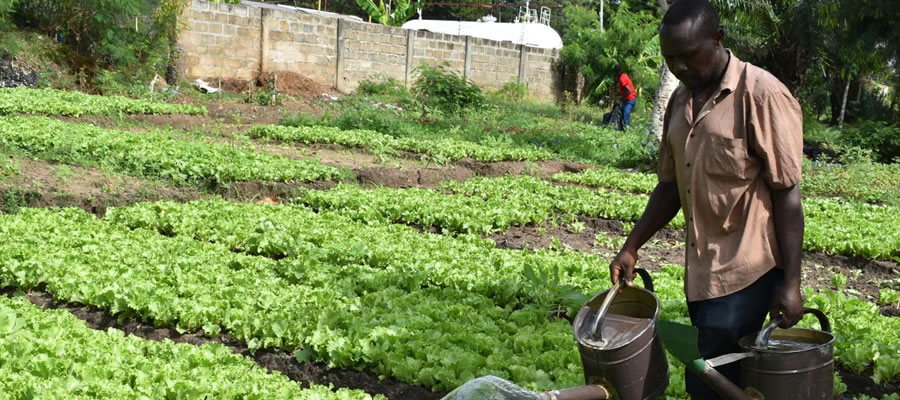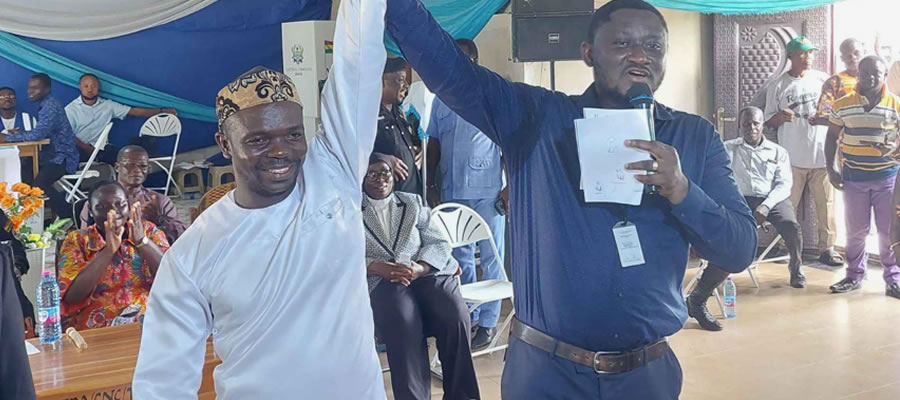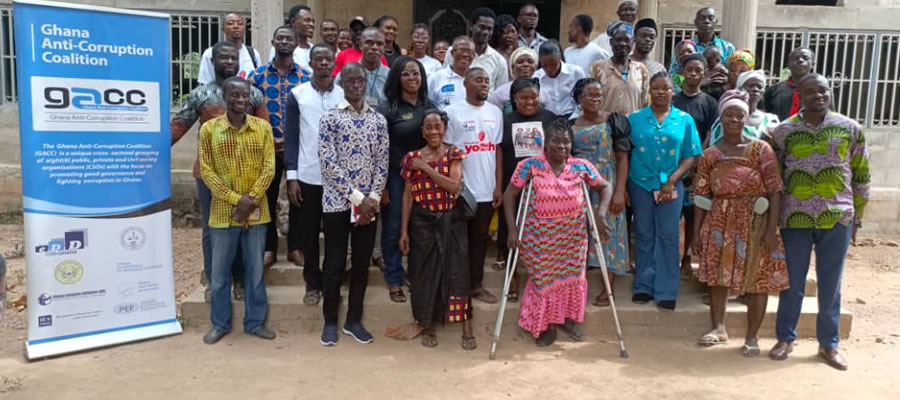

Vulnerability Analysis
The physically challenged identified in the district are 1,855 and this represent 2.0% of the total population. Out of this number, the Department of Social Welfare has registered 96 with 51.0% being females and males constituting 49.0%. The various types of disabilities registered are 25 cripples (1.3%), 37 blind (2.0%), mentally retarded 5 (0.3%) and the others constituting. The table below shows the number identified in the district.For the physically challenged in the district, 23.1% of them are paralyzed/limb loss while 19.4% are blind. The mentally retarded and epileptic constitute 10.7% and 13.4% respectively. The least identified case is people with leprosy (1.1%) and those who are blind (8.0%).
However, there are no facilities in the district for the treatment of people with disability. Besides, they have limited access to public facilities due to inappropriate architectural design and also discrimination.
On the other hand, 19 of the vulnerable and excluded have so far been given support to either learn a profession or establish themselves especially those with profession.
The vulnerable groups identified in the district are women, the elderly (65+) and children (below 10 years) physically and mentally challenged, orphans and widow.
Women are more vulnerable to HIV/AIDS and widowhood rites while female genital mutilation for the girl child is being practiced in some part of the district. Orphans and children are also vulnerable to child abuse, child trafficking and child labour.
The district is campaigning against child betrothal, female genital mutilation, and widowhood rites and advocating for women empowerment.
Poverty Profile
In analyzing the poverty situation in the district for the various Area/Town Councils, many factors were considered. The factors considered include the councils that spend below the lower poverty level of 700,000 a year per individual, availability of basic facilities (such potable water, basic education, and quality health care), and the spatial nature of communities in the council. The situation revealed that Sabiye Area Council is the most poverty stricken, followed by Banda Ahenkro and Kyekyewere Area Councils.
The less poverty zone is the Badu Town Council and seconded by Seikwa Area Council. Again the resultant accessibility such as availability of banking facilities, transportation system and access to electricity were used to determine poverty situation in the district using the Optimum Accessibility Map and Composite Poverty Map. Poverty situation in the district according to councils is pictorially shown in the figures below.
Gender Issues
This is where women are empowered and also given the chance to be part of decision making. With the help of the Civil Society Component under (GTZ), Women Gender Network with a membership of 15 has been formed in the district. They have been taken through advocacy and communication skills to overcome their fears. The group is having 12 females and 3 males.
Date Created : 11/20/2017 6:23:07 AM












 facebook
facebook
 twitter
twitter
 Youtube
Youtube
 +233 593 831 280
+233 593 831 280 0800 430 430
0800 430 430 GPS: GE-231-4383
GPS: GE-231-4383 info@ghanadistricts.com
info@ghanadistricts.com Box GP1044, Accra, Ghana
Box GP1044, Accra, Ghana